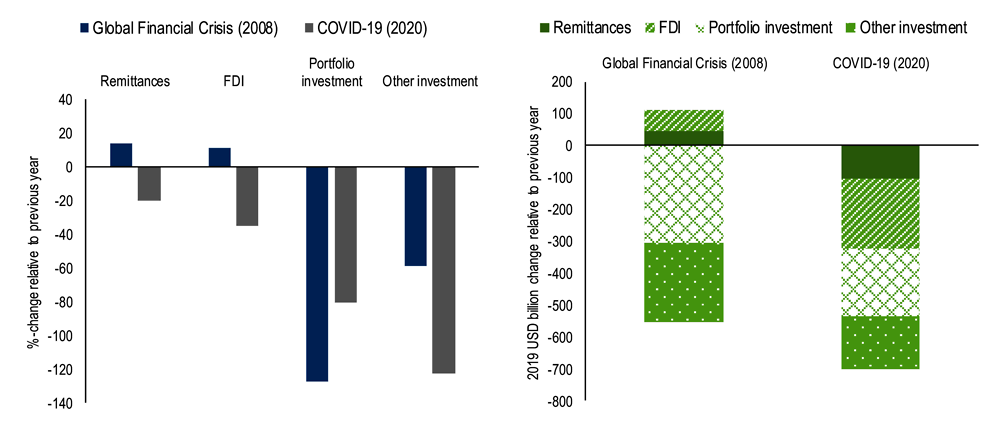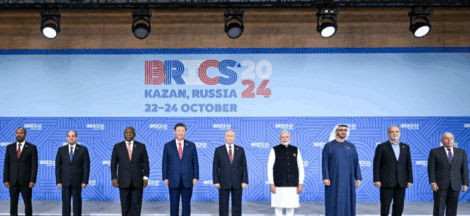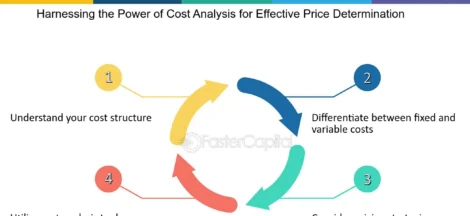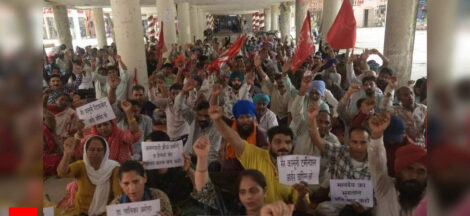By K Raveendran
It has been a hop from crisis to crisis, each more disruptive and destructive than the other. The pain and sufferings endured by people to change their demonetised notes in the wake of Modi’s midnight demonetisation were unprecedented. Another midnight move, the introduction of half-baked GST regime took the steam out of the economy as the disruption forced a large number of small and medium units to cease business.
As it finally began to appear that a new normal was being established came the Covid pandemic, its immobilisation phase, another ill-timed decision that deprived millions of their livelihood and wiped out demand from the economy as people had no money to buy anything. This was then followed by the great trek back home, fondly called the reverse migration, which exposed the most inhuman face of the administration as it seemed to care little for lives lost on the roads and rail tracks, as also due to hunger and thirst. It was only after the weight of public opinion forced the courts to intervene that the authorities mended their ways. The pandemic made the economy grind to a halt just as life was at standstill.
After two years when things were falling back in place comes Russia’s Ukraine invasion, which has sunk the global economy to another low. The war continues to have devastating consequences, not just within the conflict zone, but every part of the world, where vulnerable populations are being hit the hardest. Supply chain strains, inflation, surging commodity prices, coupled with shortages in some of them, have converged with other economic worries to create another unprecedented crisis for the world, apart from geopolitical balances that are threatening to go awry.
There is a looming global food crisis. The Ukraine–Russia region plays a vital role not only as an exporter of primary staples like wheat, but also as one of the major suppliers of fertilizer worldwide. According to McKinsey, caloric intake for tens of millions of people—potentially 60 million to 150 million, by 2023—is at stake.
Although India is well-beyond Ukraine’s conflict zone, it has also been caught in the vicious cycle. Fuel prices have been on a relentless climb and petroleum marketing companies are suggesting that prices may have to be raised further only to recoup their past ‘losses’ on account of a freeze put in force due to their understanding with the central government. Increase in fuel prices has a ripple effect, affecting every economic activity and adding to inflationary pressures.
According to the latest data released by the Union commerce ministry, the wholesale price index (WPI)-based price rise surged to a 30-year high of 12.96 percent in FY22, on rising commodity prices and a low base of 1.3 percent in FY21. The last time wholesale inflation touched such high levels was three decades ago. WPI-based inflation stood at 14.5 percent in March — a four-month high — compared with 7.89 percent in the year-ago period. It was 13.11 percent in February this year.
The high rate of inflation has been attributed primarily to rise in prices of crude petroleum and natural gas, mineral oils, basic metals owing to disruption in the global supply chain caused by Russia-Ukraine conflict.
And yet, India is seen doing better than many other countries in terms of the impact of Russia’s Ukraine war and the consequential sanctions against Moscow and their aftermath. The embargo has led to major price rises in many sectors, particularly energy and food.
According to IMF’s latest World Economic Outlook report, global growth is projected to slow from an estimated 6.1 percent in 2021 to 3.6 percent in 2022 and 2023. This is 0.8 and 0.2 percentage points lower for 2022 and 2023 than projected in January.
Beyond 2023, global growth is forecast to decline to about 3.3 percent over the medium term. War-induced commodity price increases and broadening price pressures have led to 2022 inflation projections of 5.7 percent in advanced economies and 8.7 percent in emerging market and developing economies—1.8 and 2.8 percentage points higher than projected last January.
The Fund has slashed its forecast for India’s FY23 gross domestic product growth to 8.2 per cent from 9 per cent, saying that higher commodity prices will weigh on private consumption and investment. This is, however, better than most other countries, including US, China and Japan. (IPA Service)




 Assam police arrests Jignesh Mevani from Gujarat
Assam police arrests Jignesh Mevani from Gujarat 